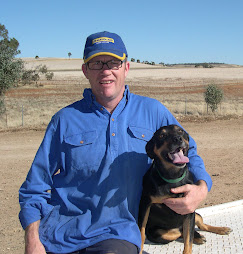Kris is a researcher at the USDA facility at Mandan in North Dakota. Her main field of study is Arbuscular Mycorrhizal Fungi (AMF) and Glomalin which is found on the hyphae of these AMF”s. Kris has also been responsible for a crop rotation /sequence project which has looked at 100 different rotations and the results can be found on the USDA website. They are currently doing trials on cover crops looking at 19 different combinations of crops as well as looking at single cover crops and at the end of the year they will overlay this with 4 different cash crops. Her main area is working with the AMF and their hyphae which produces glomalin and its affect on soil structure, decomposition of organic matter, microorganisms and water holding capacity.
Glomalin
Properties:
• Formed by Arbuscular Mychrrhizal Fungi
o Beneficial to most crop plants
o Found in all soils
• Produced in large amounts
• Extremely “tough”
o Does not dissolve in water
o Resistant to decay.
Function
• Protects Hyphae from nutrient loss
• Glues together soil aggregates
• Stabilises aggregates
o Reduces soil erosion
o Increases water infiltration
o Increases water retention near roots
o Improves nutrient cycling
o Improves carbon storage
o Improves root penetration by reducing compaction
What can you do to increase glomalin?
• Minimum or no-till to reduce disruption of hyphal network
• Reduced inputs, minimum P fertiliser
• Cover crops to maintain living roots
• Nonmycorrhizal crops (canola, cabbage, broccoli, cauliflower) equal no glomalin production.
Over all the AMF’s help build resilience in the soils. Talking with Kris about residue, its benefits include covering the soil and armouring it against crusting and erosion, but she feels that 80% of the respiration of this stubble respires as CO2 in the first year and only 0.01% goes to the long term increase of organic matter. The main source of carbon comes from the photosynthetic carbon coming from root exudates. The residue eaters of the microorganisms are like piranhas and are very voracious eaters with the loss of the carbon into the atmosphere. The residue with high carbon low nitrogen breaks down slower than stubble with low carbon and high nitrogen which breaks down quicker. Normally in the growing plants the more vegetation there is above ground the more carbon is found below ground. This was a really interesting visit and we caught up with Kris that night for tea to continue our discussions.
06 June, 2010
Subscribe to:
Post Comments (Atom)




No comments:
Post a Comment